How To Care For Your Type 3A Hair
Like people, curly hair comes in all shapes, sizes and colours. That's what makes it so fabulous. However any one with textured hair, knows full well that looking after it can take a bit of practice.. and a bit of know-how!
We’ve made it easy for you, and created your ULTIMATE guide for understanding, maintaining, and styling Type 3A Curls. This page will explore the specifics of Type 3A hair and provide you with practical tips for caring for your curls.
💡 Not sure if Type 3 hair is your exact match? Or want to know which products are best for your unique hair type? Take our Hair Quiz to find out! Answer a few quick questions and get personalised recommendations tailored to your hair’s needs.
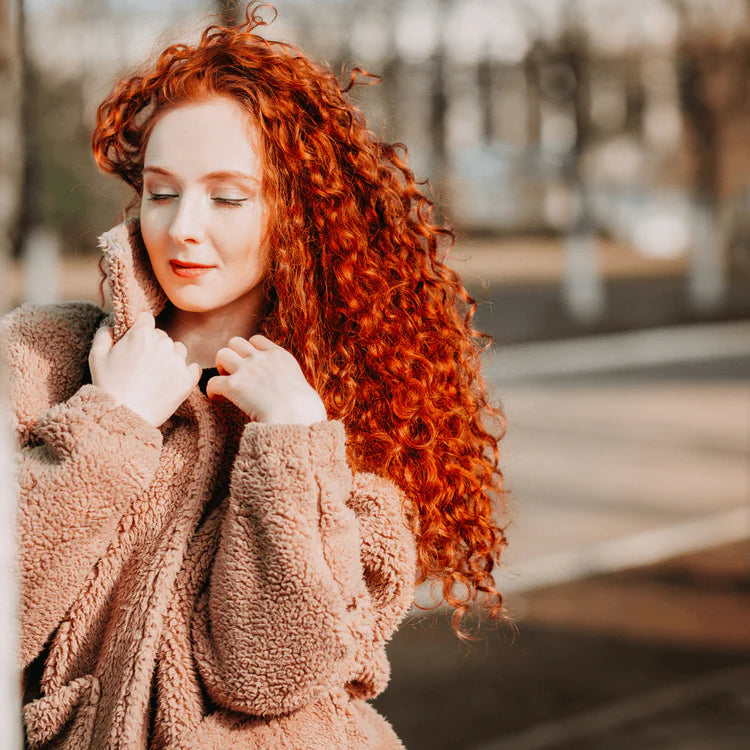
What Exactly is Type 3A Hair?
Recognising your specific curl type can be a bit of a puzzle. Especially when most people have more than one curl pattern.
It's not uncommon to find a mix of curl types on your head, ranging from type 2 to type 3, (and you could even have some stringy type 1’s at the nape or as face framing pieces).
To help you navigate this, let's take a look at the characteristics of 3A Curls.
Type 3A curls are characterised by their distinct ringlets, which are noticeably wider and looser compared to other types of ringlet curls. Imagine a corkscrew – that's the basic shape of a ringlet. Now, if you think of these ringlets as being broad enough to wrap around something the size of a small banana or a thick highlighter pen, you're getting close to picturing 3A curls.
These curls typically have a diameter that ranges from 1 inch to 1/2 inch, making them quite distinct.
In simpler terms, Type 3A curls can be described as "springy loopy curls." They have a gentle, bouncy quality that sets them apart from tighter or more relaxed curl patterns.
This unique structure is key to understanding and caring for 3A hair effectively.
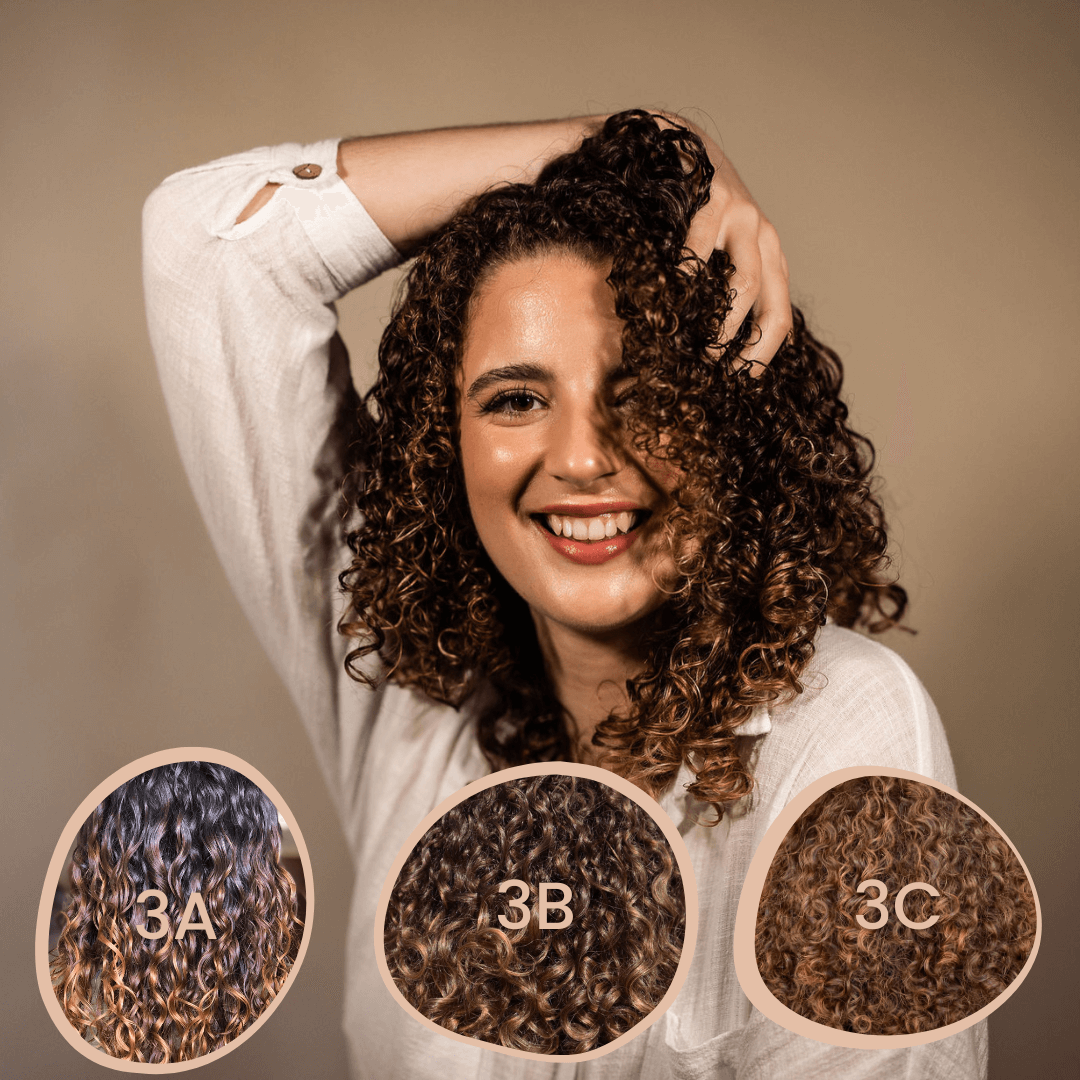
Identifying 3A Wavy Hair
3A hair can sometimes be mistaken for 2B hair due to its looser curl pattern. However, 3A curls are more defined and springier than the gentle waves of 2B hair. Knowing the difference is key to appropriate care - 3A hair often requires more hydration and specific styling techniques to maintain its defined curls.
If you have some of these defining characteristics, you probably have Type 3A hair.
- Loose, Defined Ringlets: Type 3A hair features soft, well-defined curls that form loose ringlets.
- Curl Size: The curls are similar in size to a piece of large chalk or a small banana, making them larger and looser than tighter curl patterns.
- Springy and Bouncy: These curls have a natural springiness, giving them a bouncy and lively appearance.
- Fine to Medium Texture: Type 3A hair generally has a fine to medium texture, which can be prone to frizz and being weighed down by heavy products.
- Moderate Volume: This hair type has a good amount of volume due to its curl pattern but isn’t as voluminous as tighter curl types.
- Moisture Needs: Type 3A hair requires regular hydration to maintain curl definition and prevent frizz.
Versatility in Styling: These curls can be easily manipulated into different styles but need protection from heat and harsh styling techniques to maintain their health and definition.
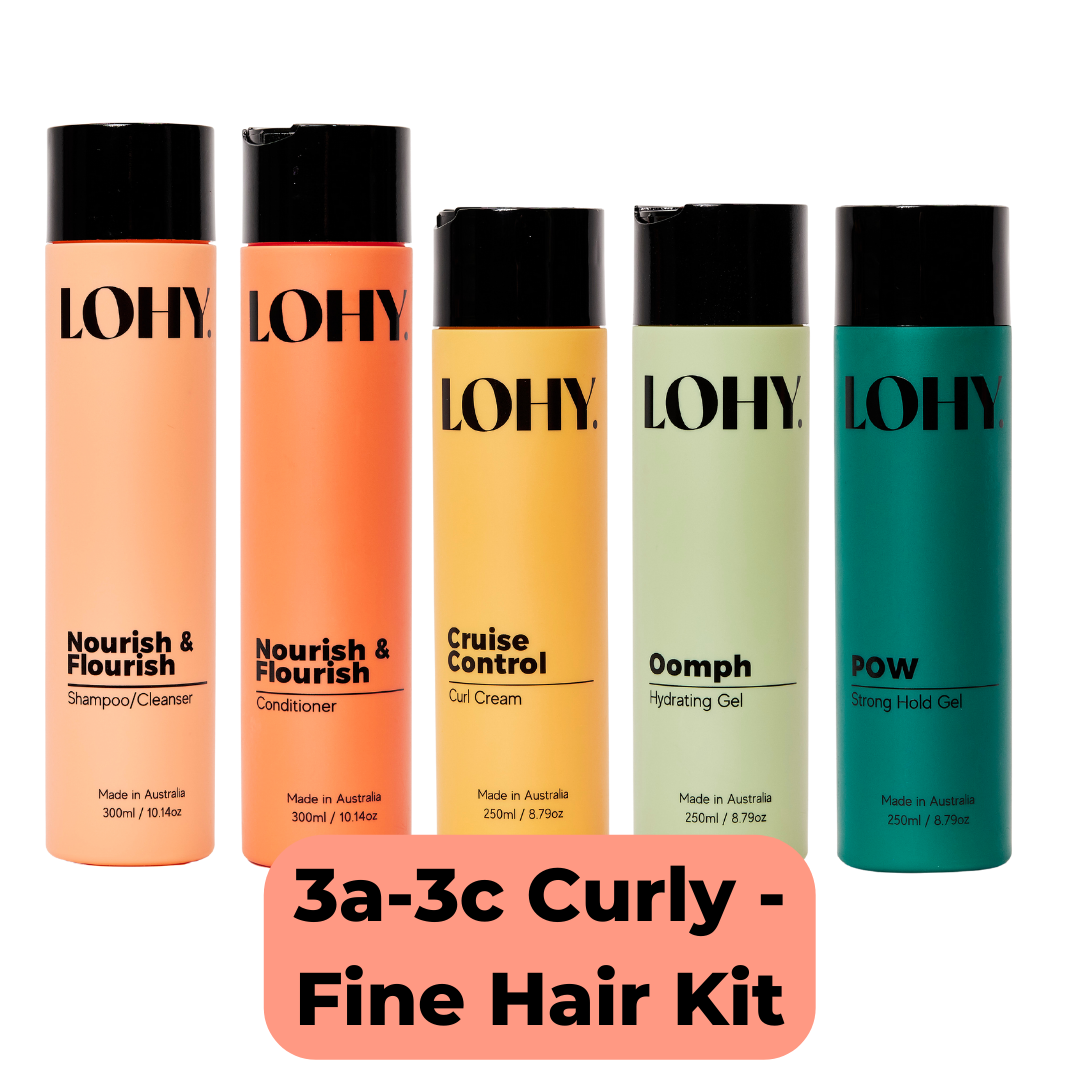
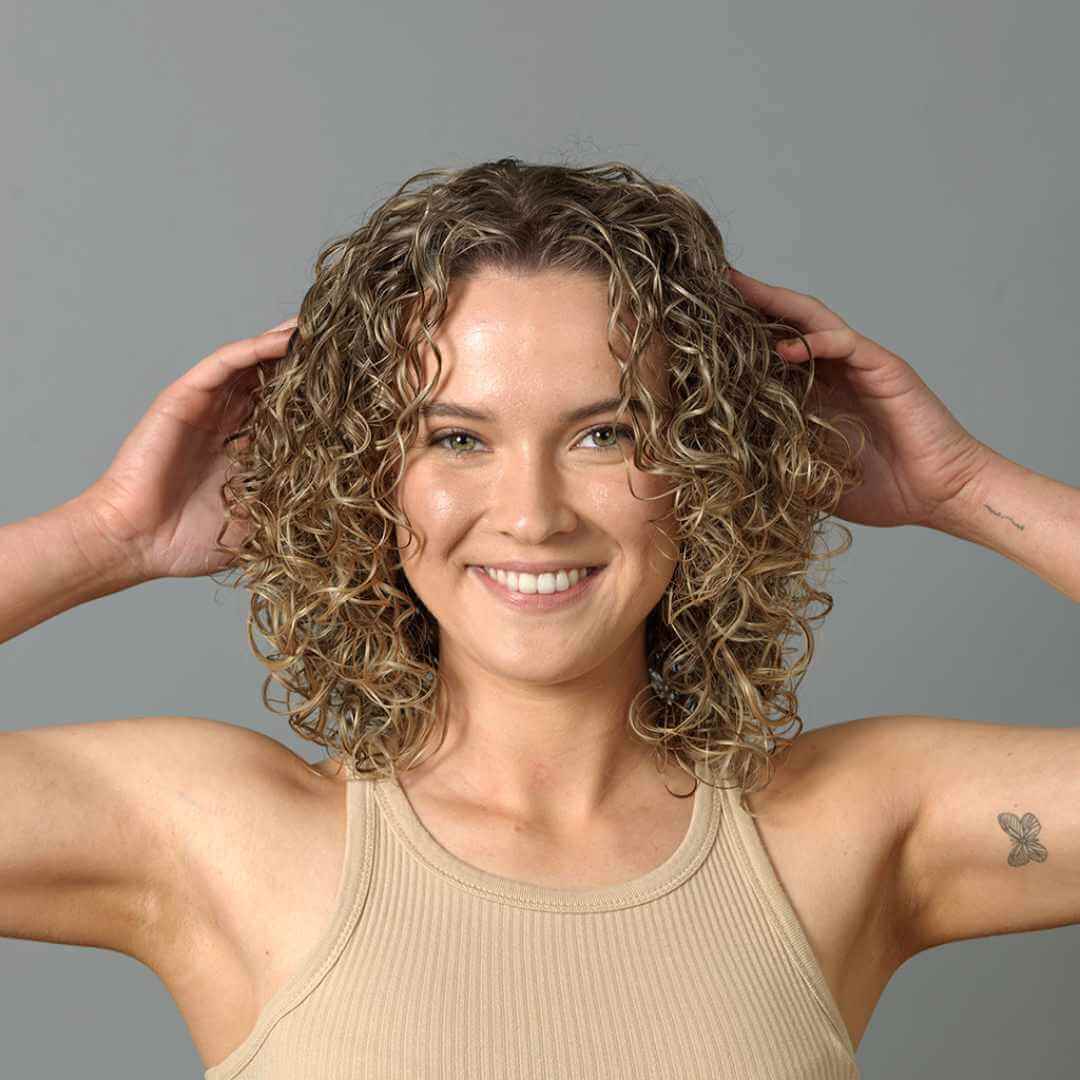
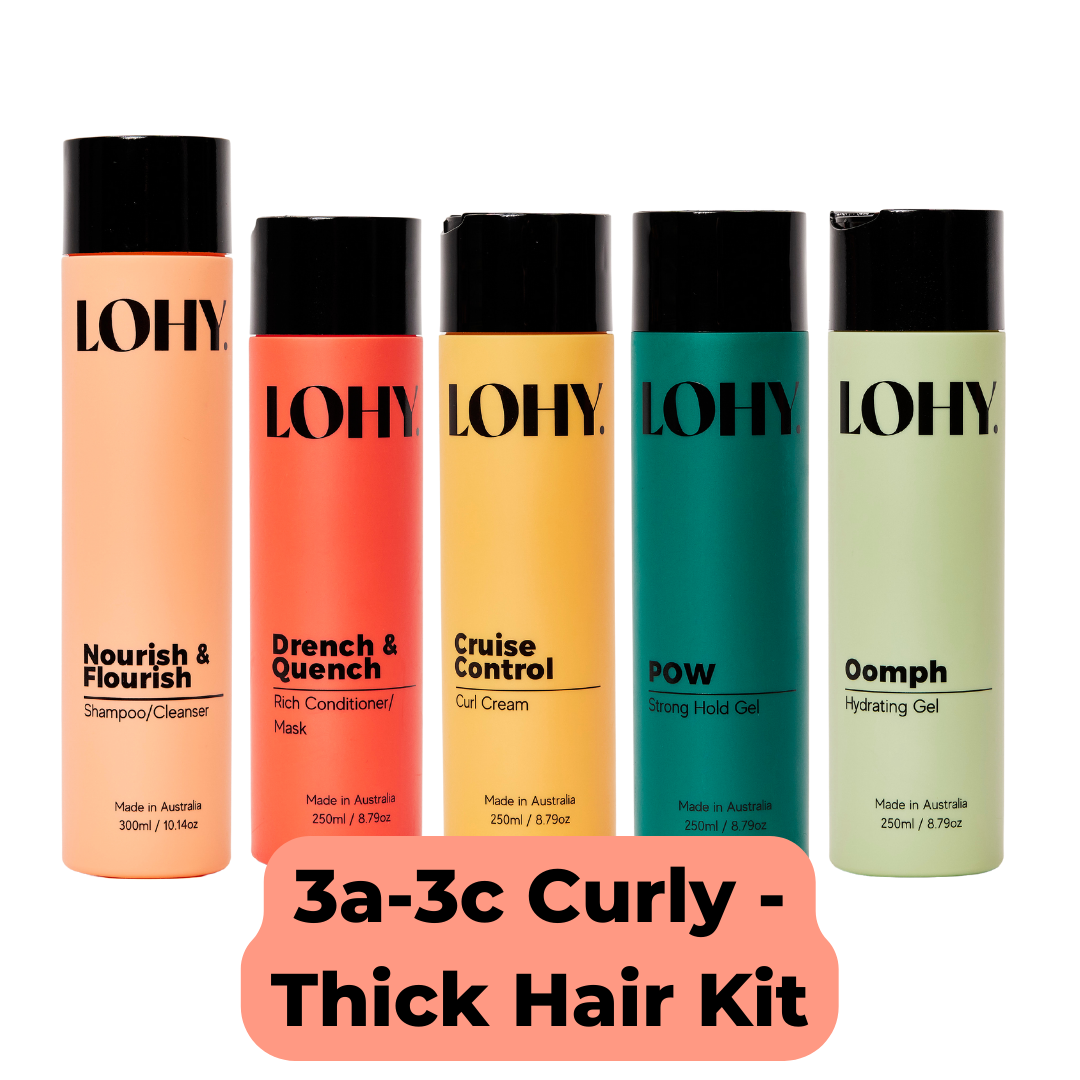
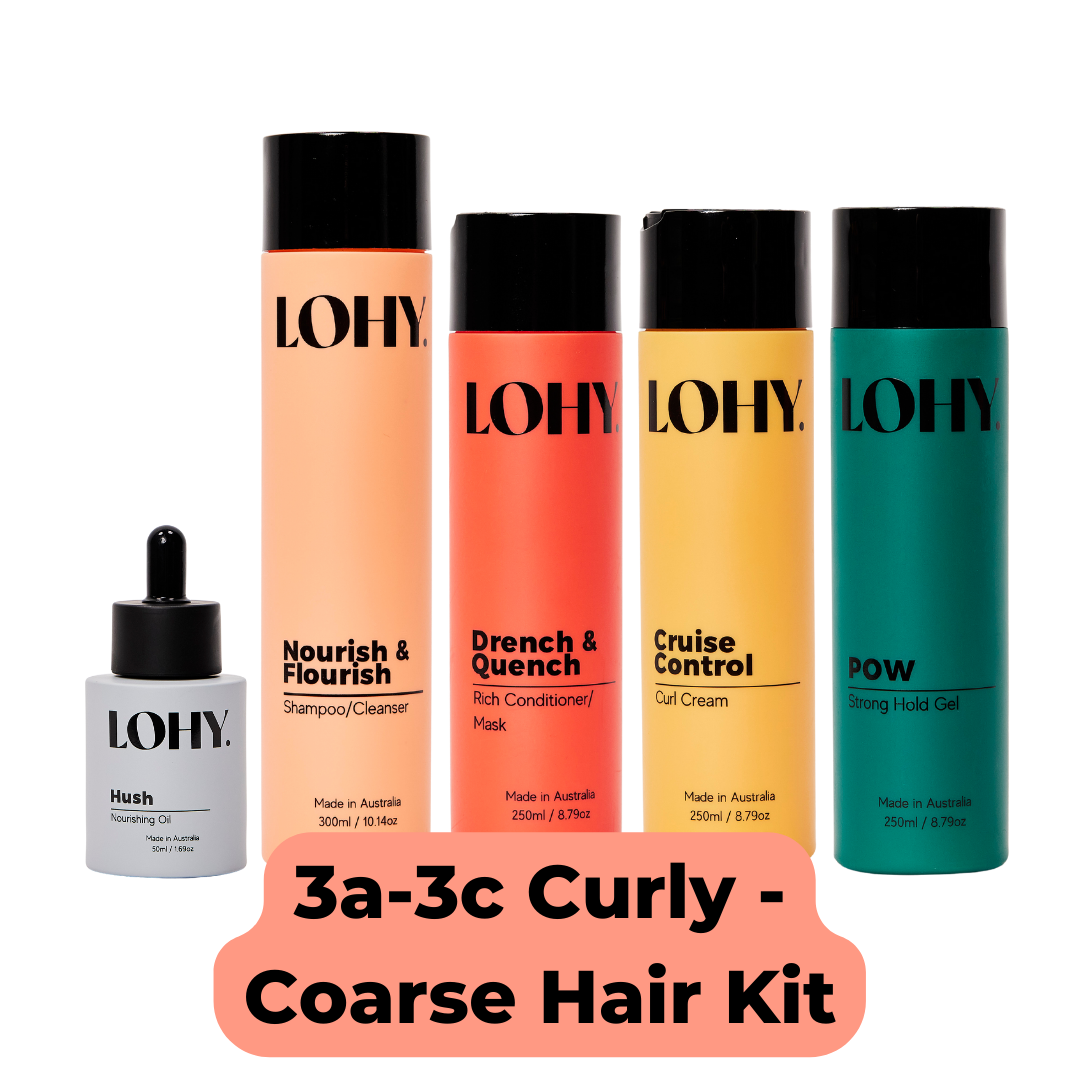
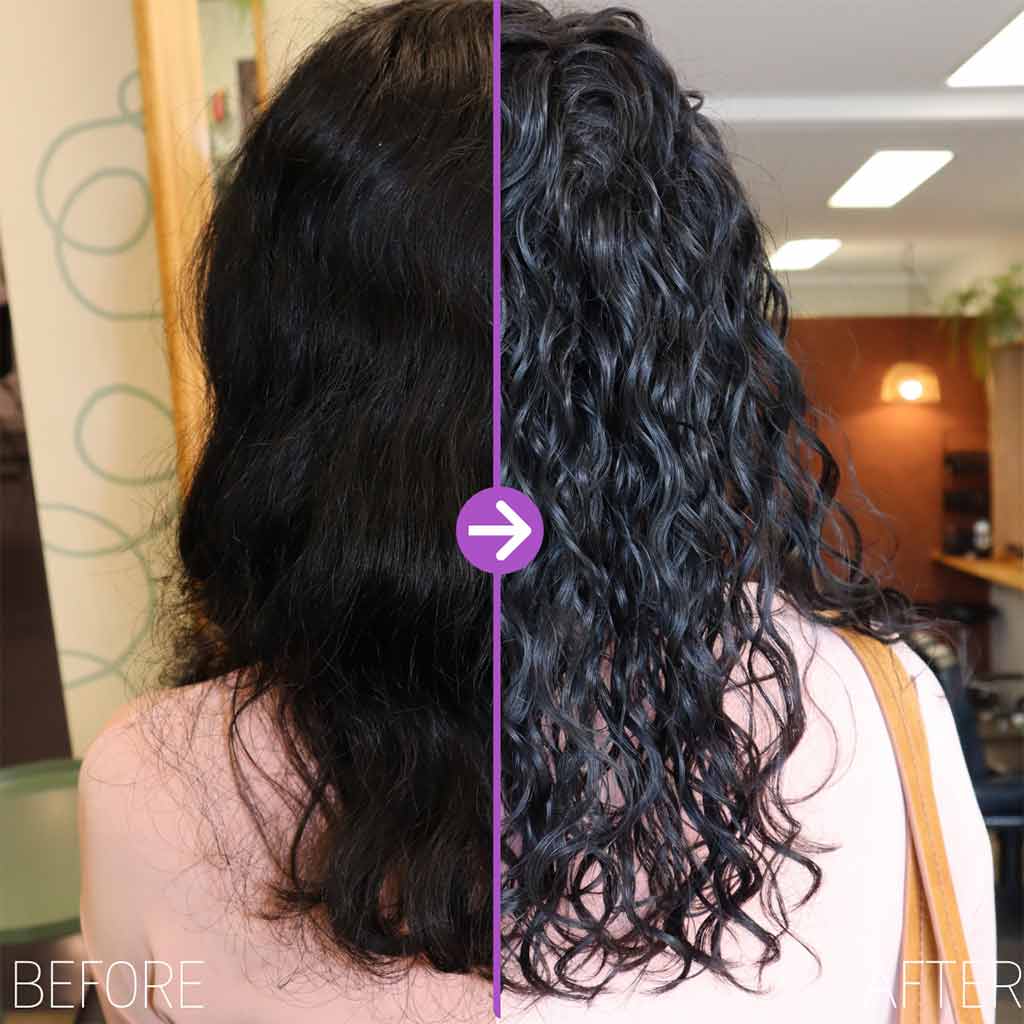
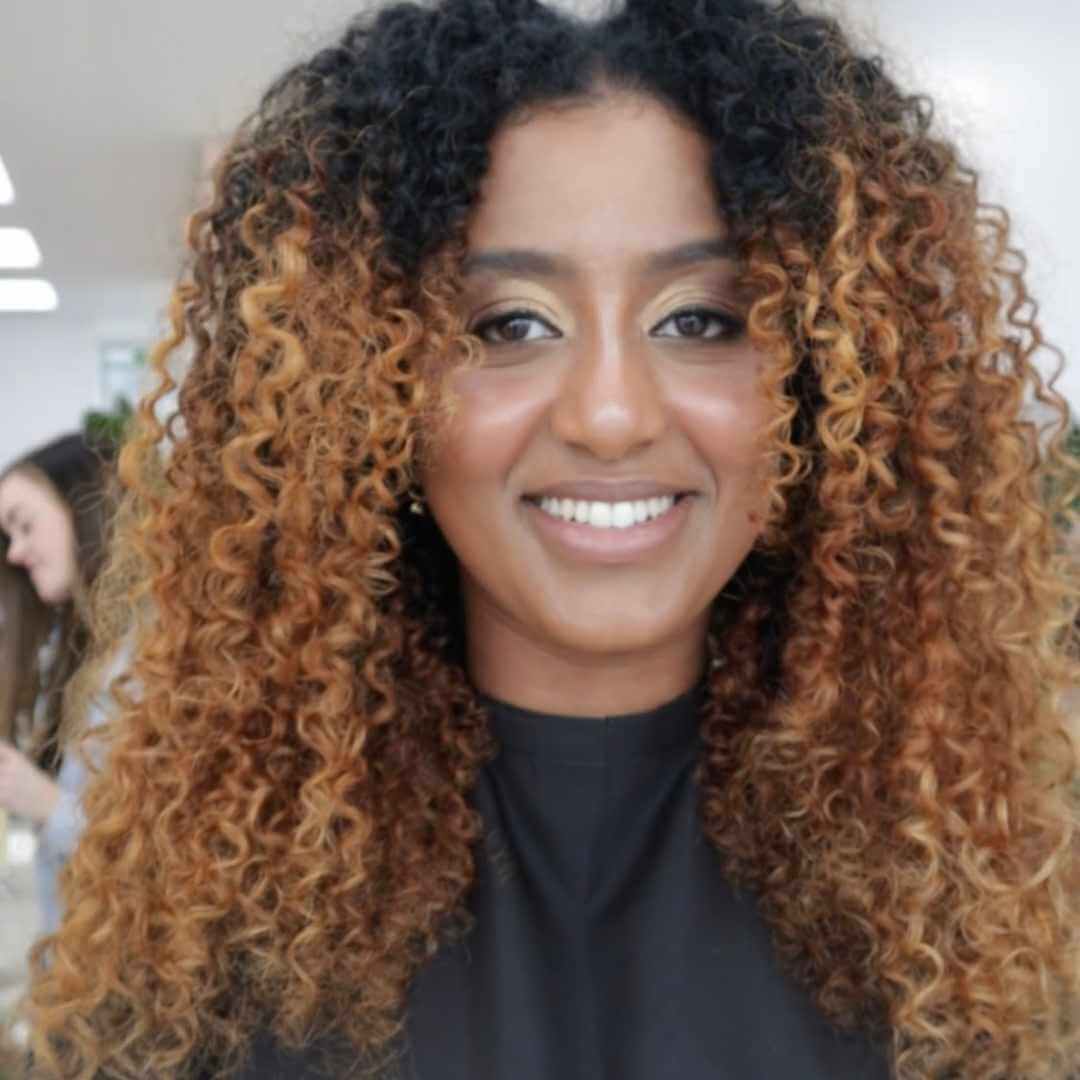
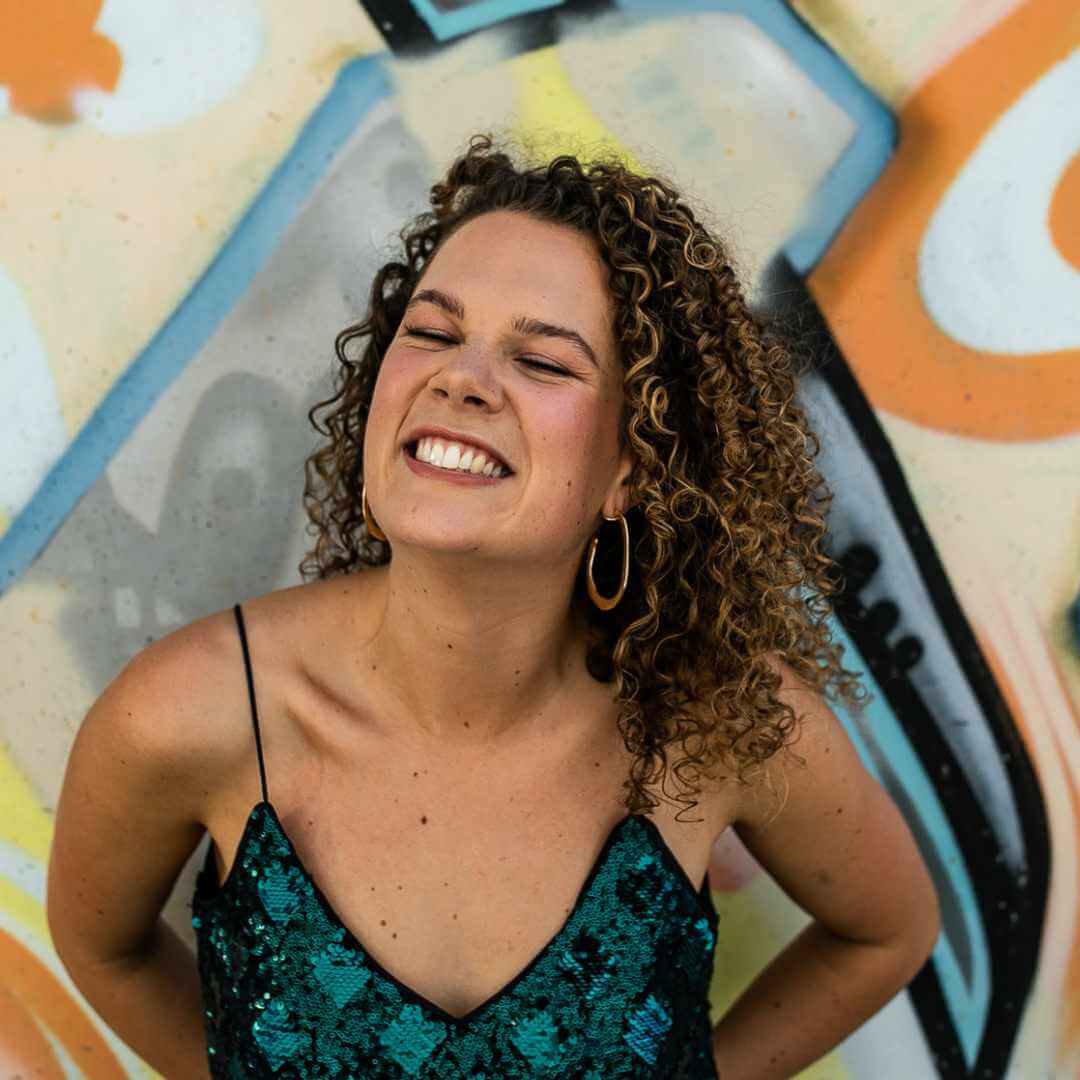
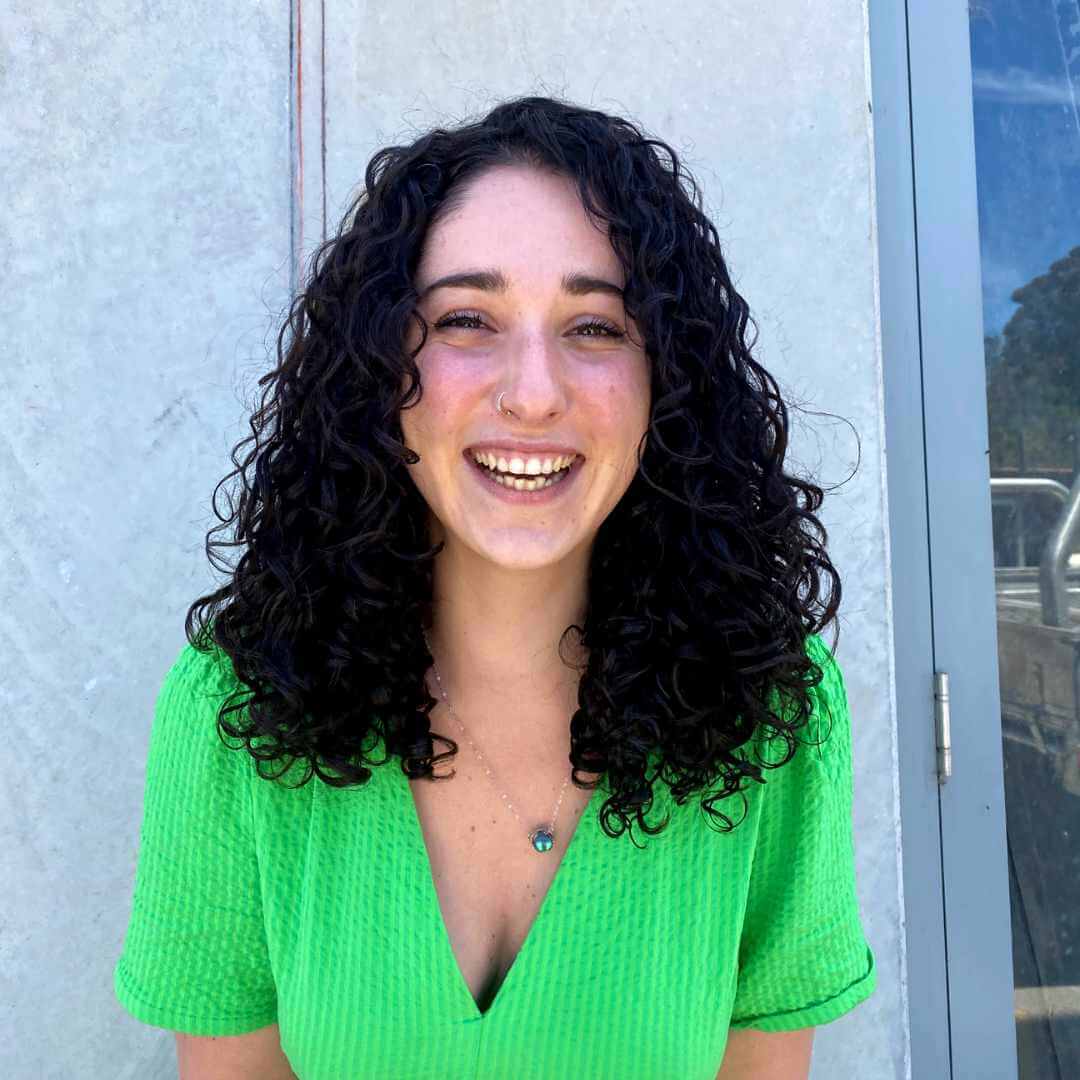

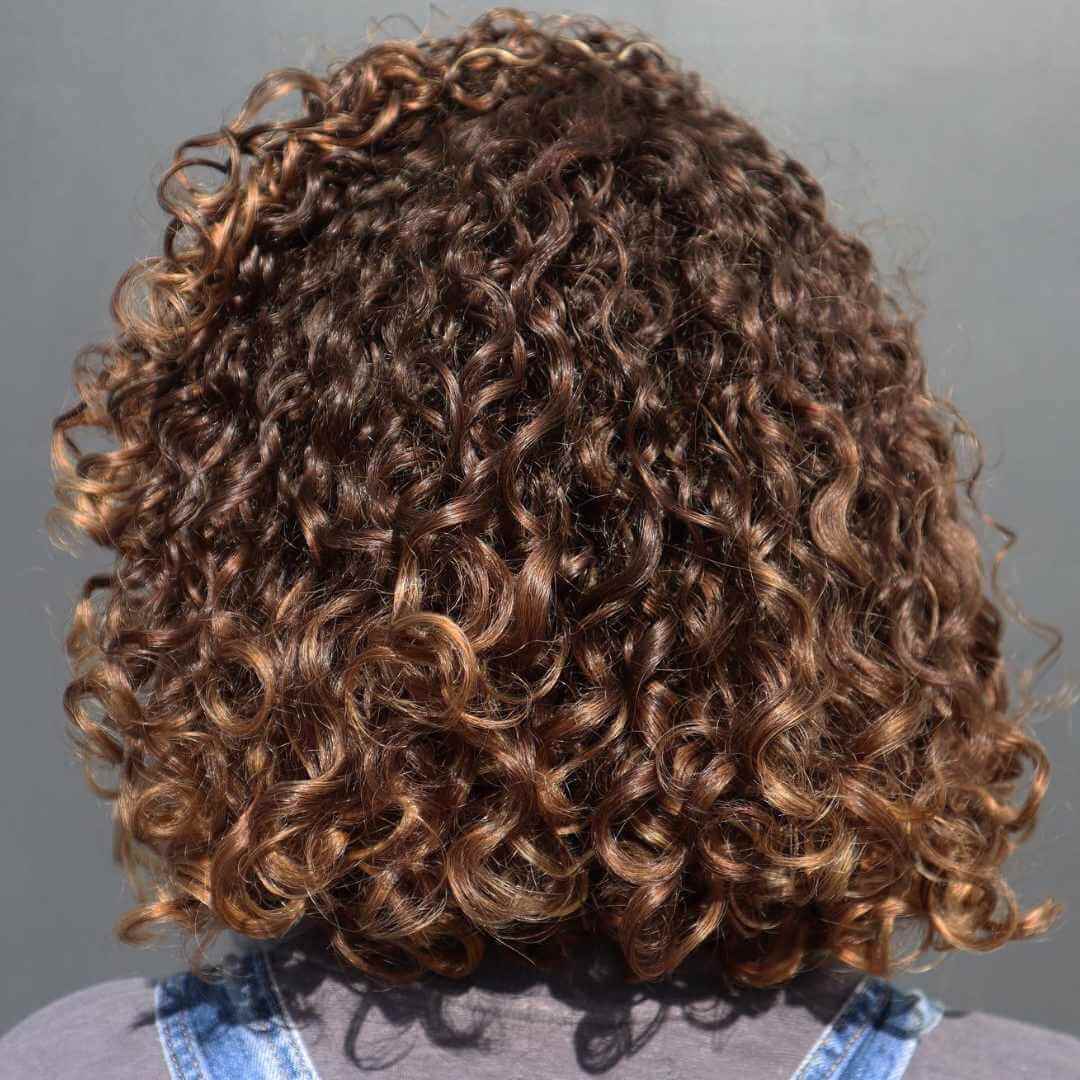
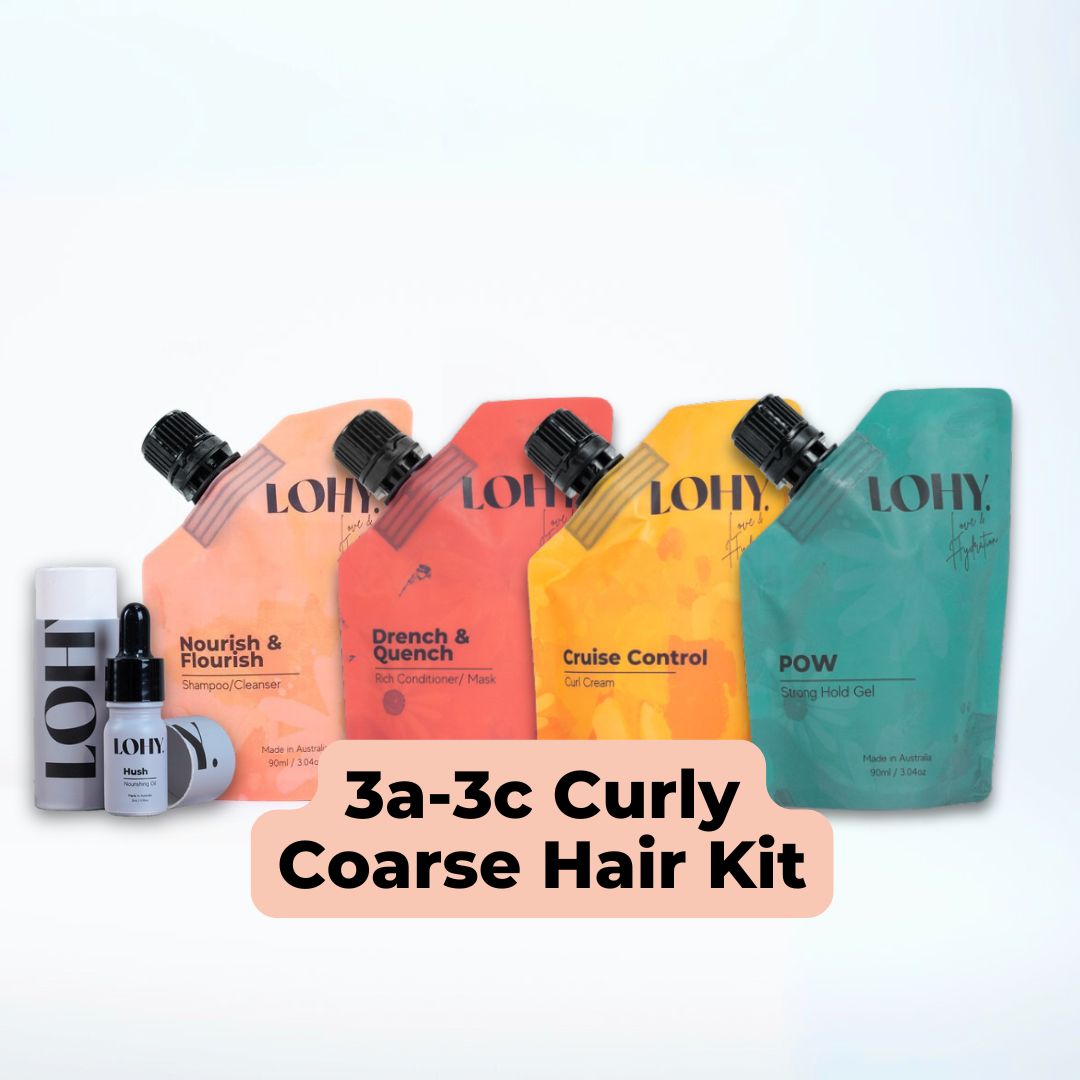
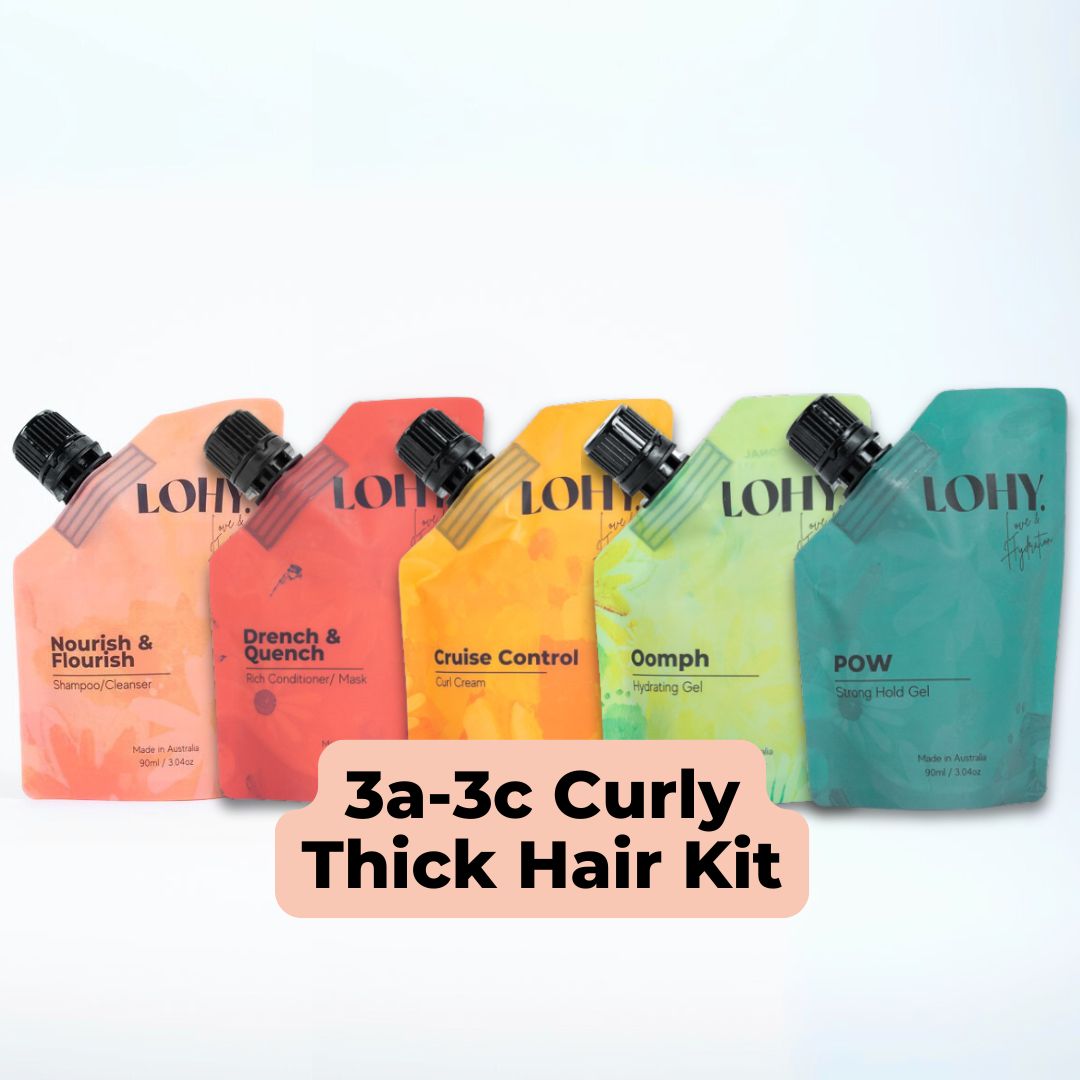
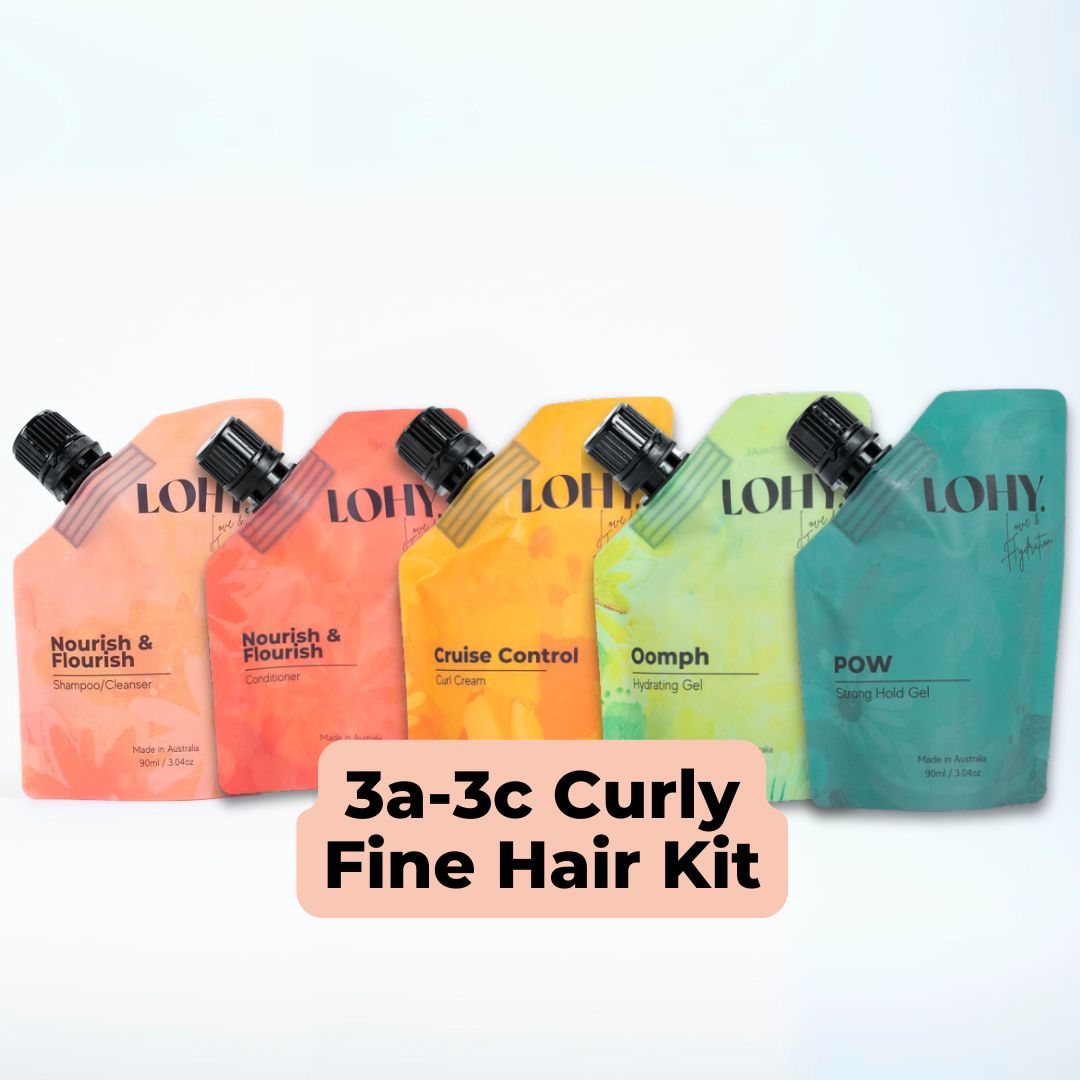
3a, 3b, 3c - Curly Hair Kit
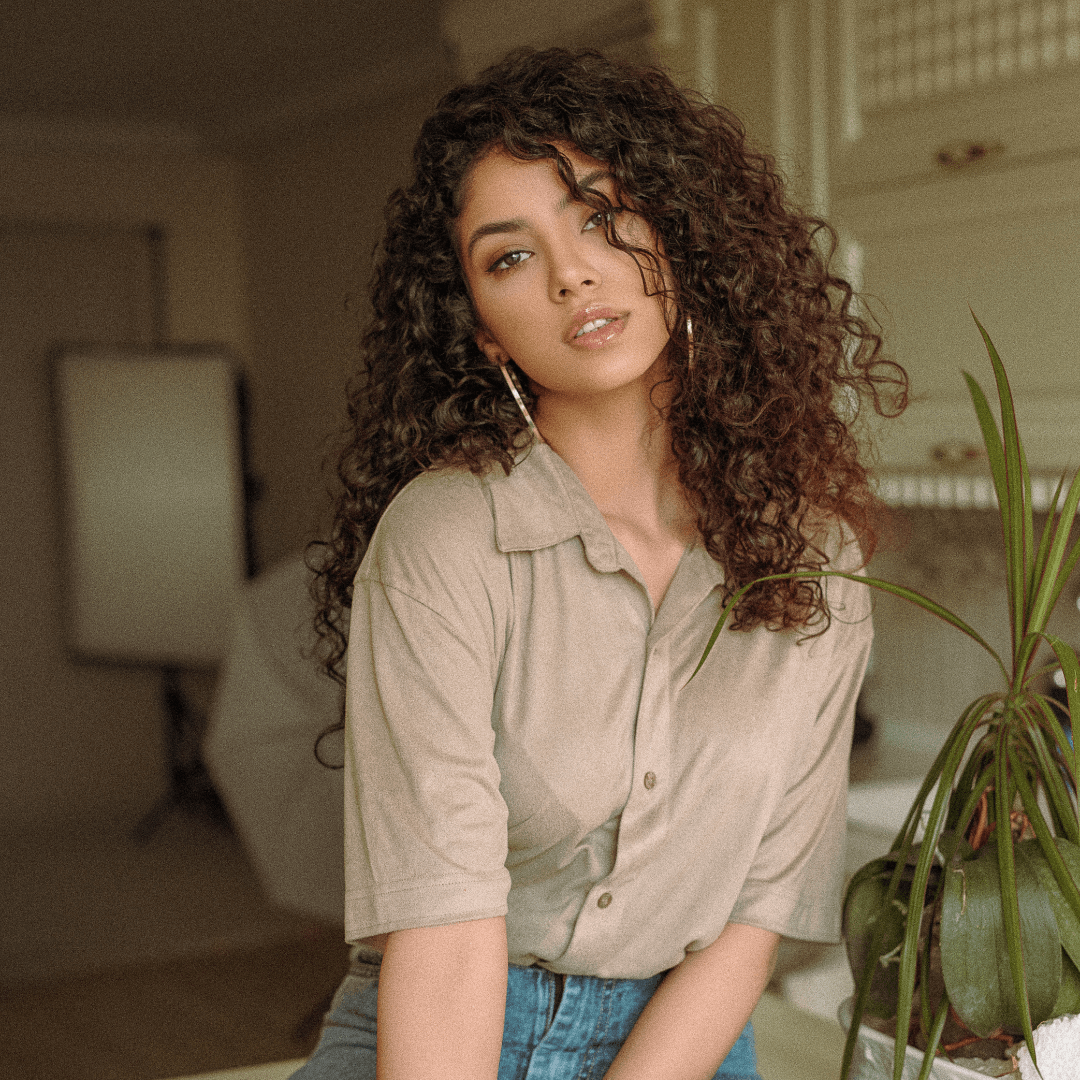
How is 3A Different from Other Type 3 Hair?
Type 3A hair is the loosest of the Type 3 category. Compared to type 3B hair and type 3C hair, 3A curls are larger and more spaced out, and the hair texture is usually finer.
How To Test The Porosity Of Your Type 3A Hair
The Strand Test is a simple yet effective way to determine the porosity of your hair, which in turn can greatly influence your hair care routine.
To perform this test: you need to place a single strand of clean, product-free hair in a bowl of room temperature water and observe how it behaves.
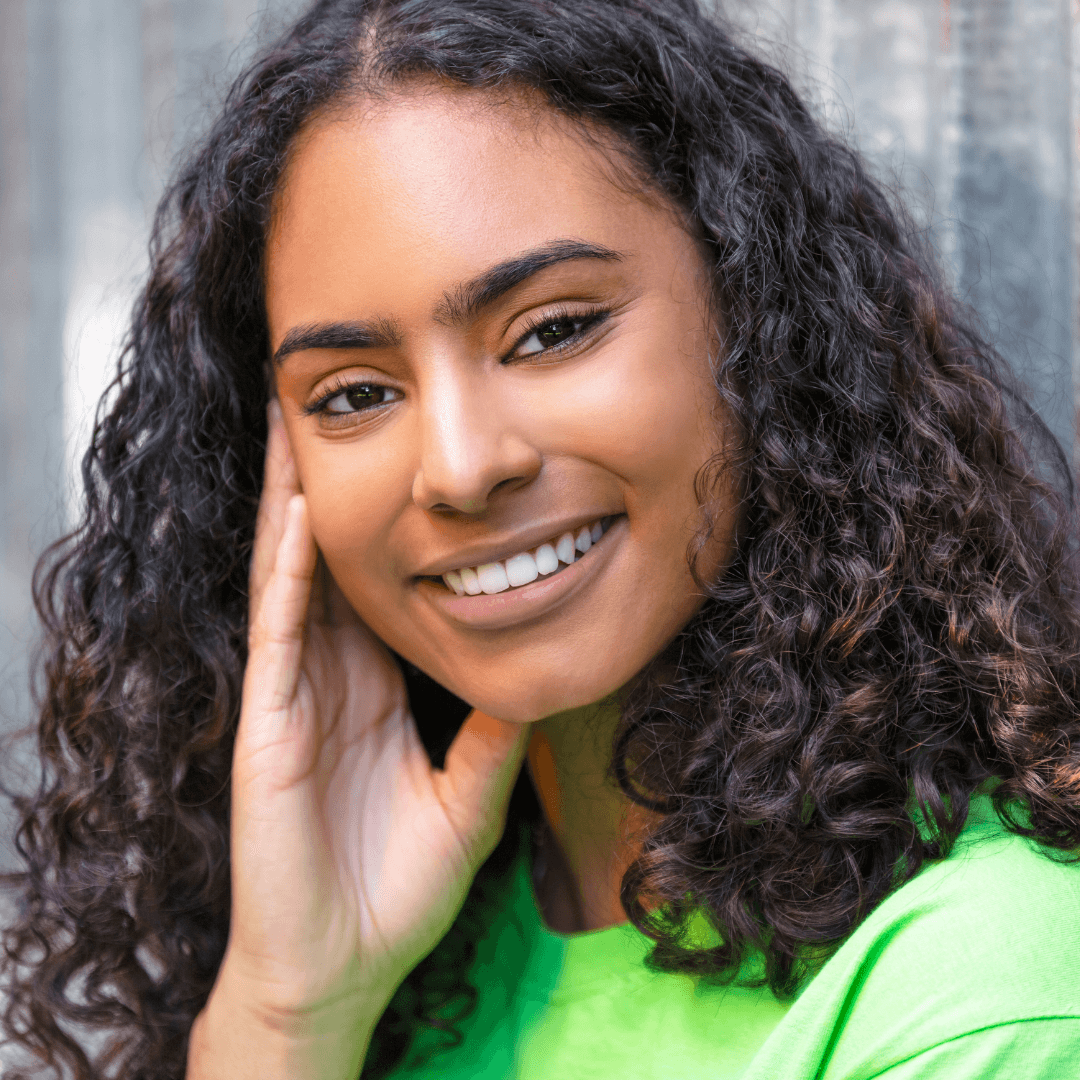
3A Hair Texture
Type 3A hair can range from fine to medium in texture. The individual strands may vary in thickness, affecting how the hair responds to products and styling:
- Fine Texture: Fine 3A hair is lightweight and can get weighed down by heavy creams or oils. It needs lighter products that provide definition without reducing volume. Cruise Control Curl Cream is an easy primer for 3A curls, followed by Chutzpah Volumising Foam to finish styling.
- Medium Texture: Medium-textured 3A hair strikes a balance between strength and flexibility. It can handle a wider range of products and tends to hold styles well, but still needs protection from heat and over-manipulation to maintain its health and curl pattern. We recommend using a combination of Chutzpah + Oomph Styling Gel for extra hold.
Caring for Your 3A Hair
Step-by-Step Guide: Washing Your Type 3A Hair
Caring for your Type 3A curls properly begins with the right washing routine. LOHY's Nourish & Flourish Shampoo & Conditioner are designed to gently cleanse and hydrate your curls.
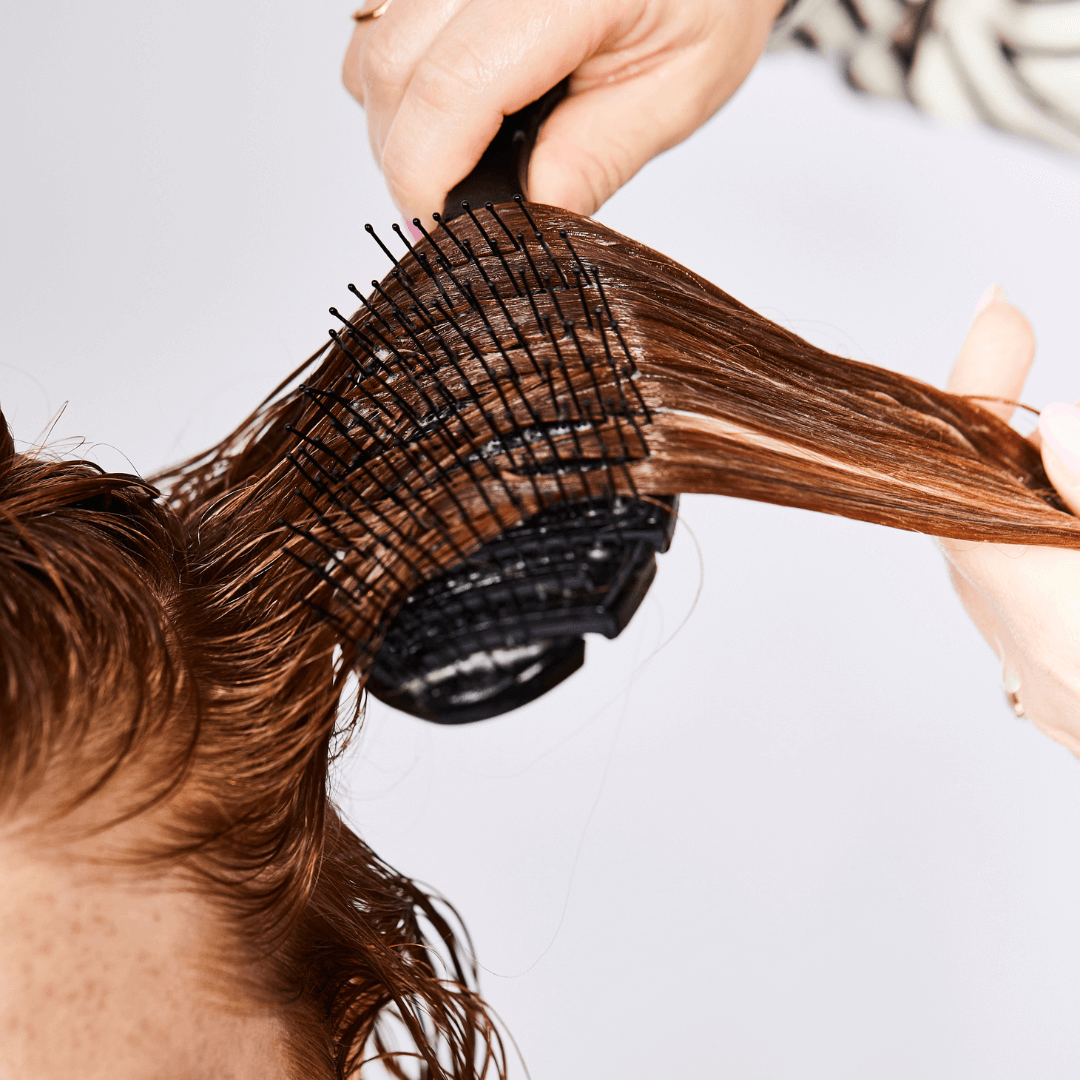
Here's how to use these products for the best results:
Step 1: Preparing Your Hair
- Before applying any product, gently detangle your hair. You can do this with your Flexi Brush, a wide-tooth comb or your fingers. This reduces breakage and ensures even distribution of the shampoo.
Step 2: Wetting Your Hair
- Rinse your hair thoroughly with lukewarm water. Warm water helps to open the hair’s cuticles, allowing the shampoo to cleanse more effectively.
Step 3: Applying Shampoo
- Apply a small amount of Nourish & Flourish Shampoo to your scalp. The amount depends on the length and thickness of your hair, but generally, a coin-sized amount is sufficient.
- Using your fingertips, gently massage the shampoo into your scalp in circular motions. This helps to lift dirt and oil without roughing up the hair’s cuticle.
Step 4: Rinsing the Shampoo
- Thoroughly rinse your hair, ensuring all the shampoo is washed out. This is crucial as any residue can lead to build-up and make your hair look dull.
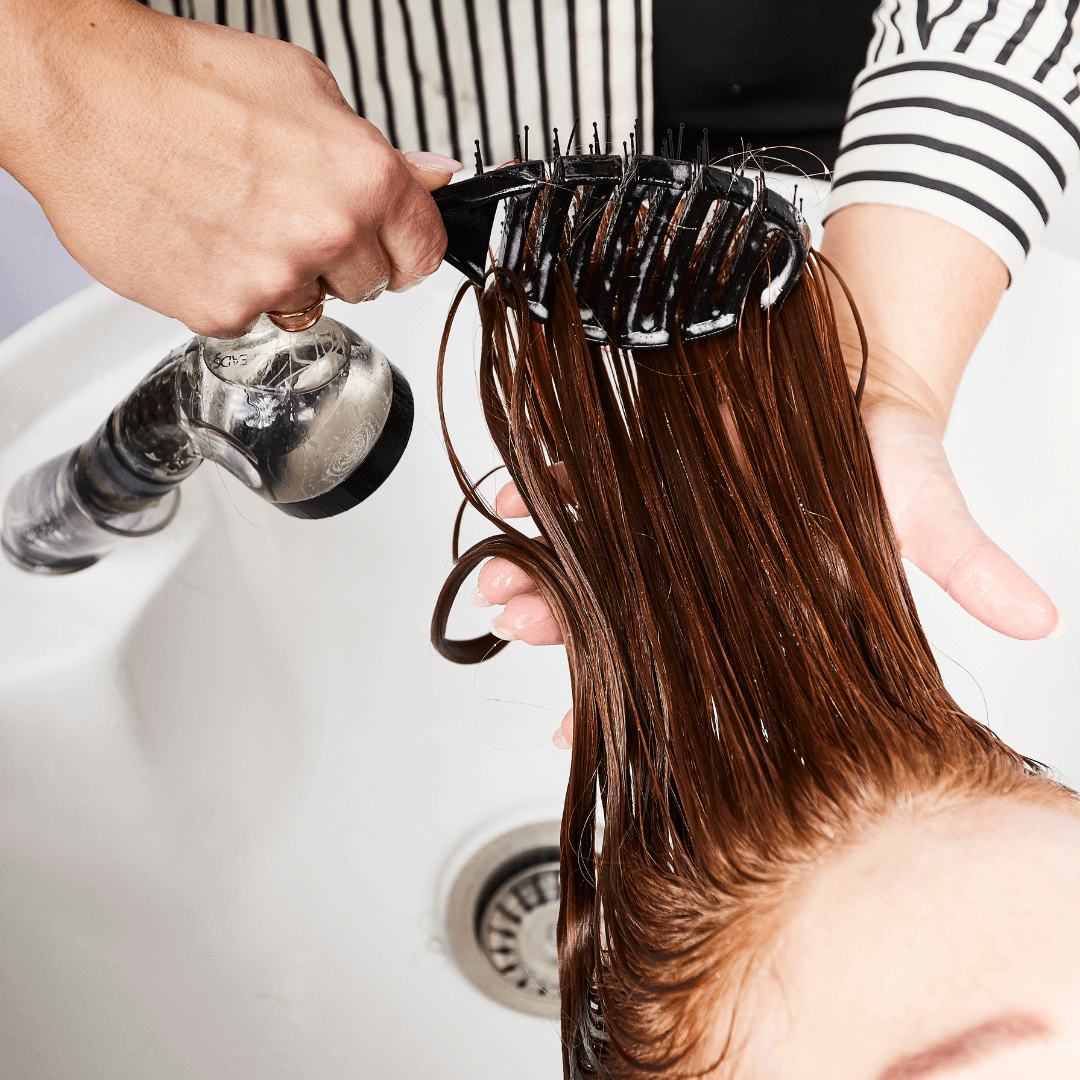
Step 5: Applying Nourish & Flourish Conditioner
- Squeeze out excess water from your hair. Then apply Nourish & Flourish Conditioner, focusing on the mid-lengths and ends of your hair. These areas need the most moisture.
- Use your Flexi Bruch, fingers or a wide-tooth comb to distribute the conditioner evenly. This also helps with detangling.
Step 6: Let the Conditioner Sit
- Allow the conditioner to sit on your hair for a few minutes. This gives your hair time to absorb the moisture and nutrients from the conditioner.
Step 7: Final Rinse
- Rinse your hair with cool water. The cool temperature helps to close the cuticles, sealing in moisture, enhancing shine, and reducing frizz.
Step 8: Drying Your Hair
- After washing, gently squeeze out the water from your hair. Avoid rubbing your hair with a towel as this can cause frizz and breakage. Instead, use a microfiber towel or an old t-shirt to gently blot and absorb excess water.
Pro-tip: Squeezing your hair while tipping from side-to-side will help create curl clumps.
Step 9: Styling
- Apply Cruise Control Curl Cream and your preferred styling products to your damp hair. Then style as usual, whether air-drying or using a diffuser on a low heat setting.
By following these steps, you can ensure that your Type 3A hair is cleansed and conditioned effectively, leaving your curls hydrated, defined, and healthy. Remember, the key to great curls is being gentle and taking the time to properly nourish your hair.
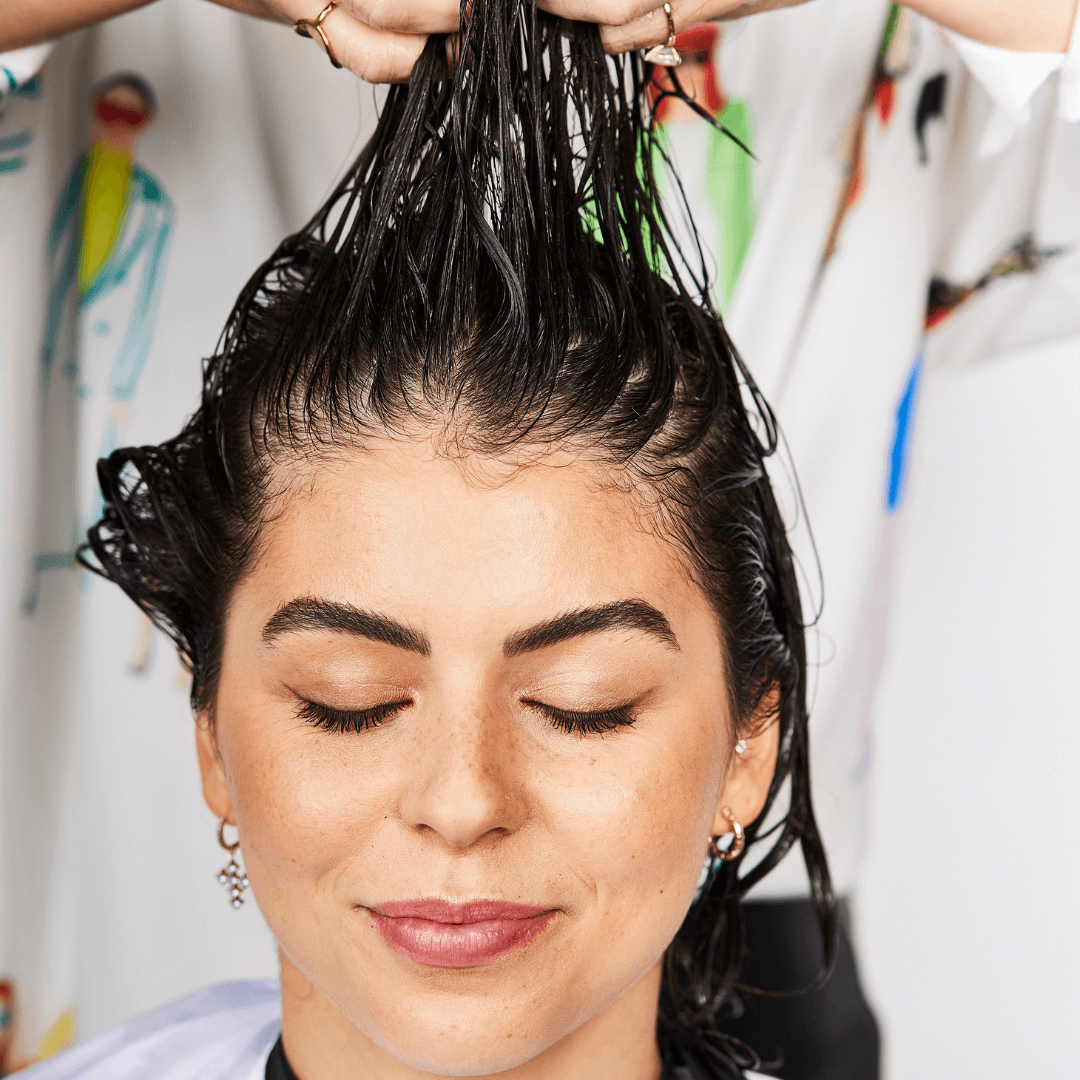
Moisturising and Hydrating Your 3A Hair
Type 3A hair, known for its loose and defined curls, requires consistent moisture to maintain its health and vibrancy.
Regular Moisture Treatments
- Incorporate leave-in conditioners and hydrating masks into your routine. Look for products specifically formulated for curly hair, as they tend to contain ingredients that deeply nourish curls without weighing them down.
- Apply leave-in conditioners to damp hair after washing. This helps to lock in moisture and makes the hair more manageable.
- Hydrating masks should be used once a week. Apply the mask evenly throughout your hair, focusing on the mid-lengths to the ends, and leave it on for the recommended time before rinsing.
Deep Conditioning Treatments
- Deep conditioning is essential for maintaining the elasticity and moisture levels of 3A hair. Every two weeks, treat your hair to a deep conditioning session to replenish lost nutrients and hydration.
- Consider overnight treatments for an intense moisture boost. These treatments penetrate deeply into the hair shaft, providing significant hydration and nourishment. Just make sure to cover your hair with a shower cap or a silk scarf to avoid staining your pillow.
- Rinse out the treatment thoroughly the next morning to prevent any residue from making your hair look greasy. Follow up with your usual washing routine.
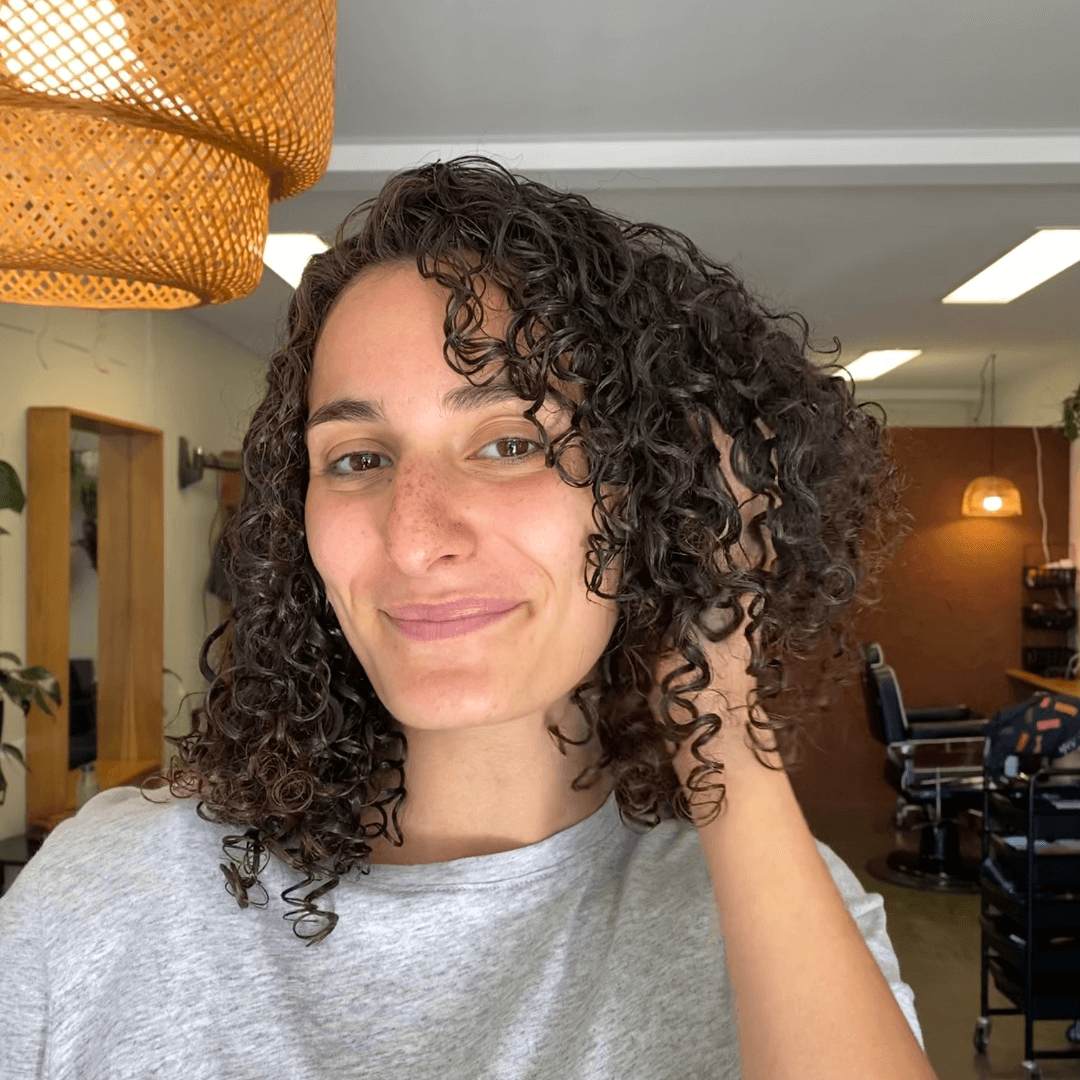
Using Oil on Type 3A Hair
Oils are fantastic for sealing in moisture and adding extra shine to 3A curls. Products like LOHY's Hush Nourishing Oil are formulated to complement curly hair without being too heavy.
- To apply, rub a small amount of oil between your palms and gently smooth it over the ends of your hair. This helps to seal the cuticles and prevent moisture loss.
- You can also use oil as a pre-shampoo treatment. Apply it an hour before washing your hair to protect your curls from getting stripped of their natural oils during the shampooing process.
- Remember, a little goes a long way. Overusing oil can lead to build-up and weigh down your curls.
By following these steps, you can ensure that your Type 3A hair remains well-moisturised, healthy, and full of life. Each of these practices plays a crucial role in maintaining the balance between providing enough moisture to your curls and avoiding excessive heaviness that can pull them down.
Step-by-Step Styling for Your Type 3A Hair
Your Go-To Styling Guide for Type 3A Hair
Styling Type 3A hair involves a careful process that enhances its natural curl pattern while minimising frizz and maintaining hair health. Here are some guidelines for each step:

1. Section Your Hair
- Divide for Manageability: Begin by dividing your hair into manageable sections. This can be anywhere from four to six sections, depending on the thickness of your hair. Sectioning makes applying products more manageable and ensures even coverage.
- Use LOHY’s Volume and Root Lift Combs: Use hair combs or clips to hold the sections apart. This helps in focusing on one section at a time without the rest of your hair getting in the way.
2. Apply Styling Products
- Choice of Products: Select styling products that are suitable for Type 3A curls. LOHY offers a range of products designed to enhance curl definition without weighing your hair down. Look for light creams, gels, or mousses.
- Even Application: Apply your chosen product evenly to each section. Start from the roots and work your way down to the ends. Ensure that every strand is coated, but avoid using too much product to prevent build-up.
- Raking Method: Use the 'raking' method for application - spread your fingers like a rake and run them through your hair. This method helps in distributing the product evenly while also detangling the hair. You can also use your flexi brush for this part.
3. Define Curls
- Finger Twirling: After applying the styling product, use your fingers to twirl and define individual curls. This enhances the natural curl pattern and adds definition.
Flexi Brush for Even Distribution: Alternatively, use your flexi brush to gently comb through your hair. This not only helps in further detangling but also ensures that the product is distributed uniformly.
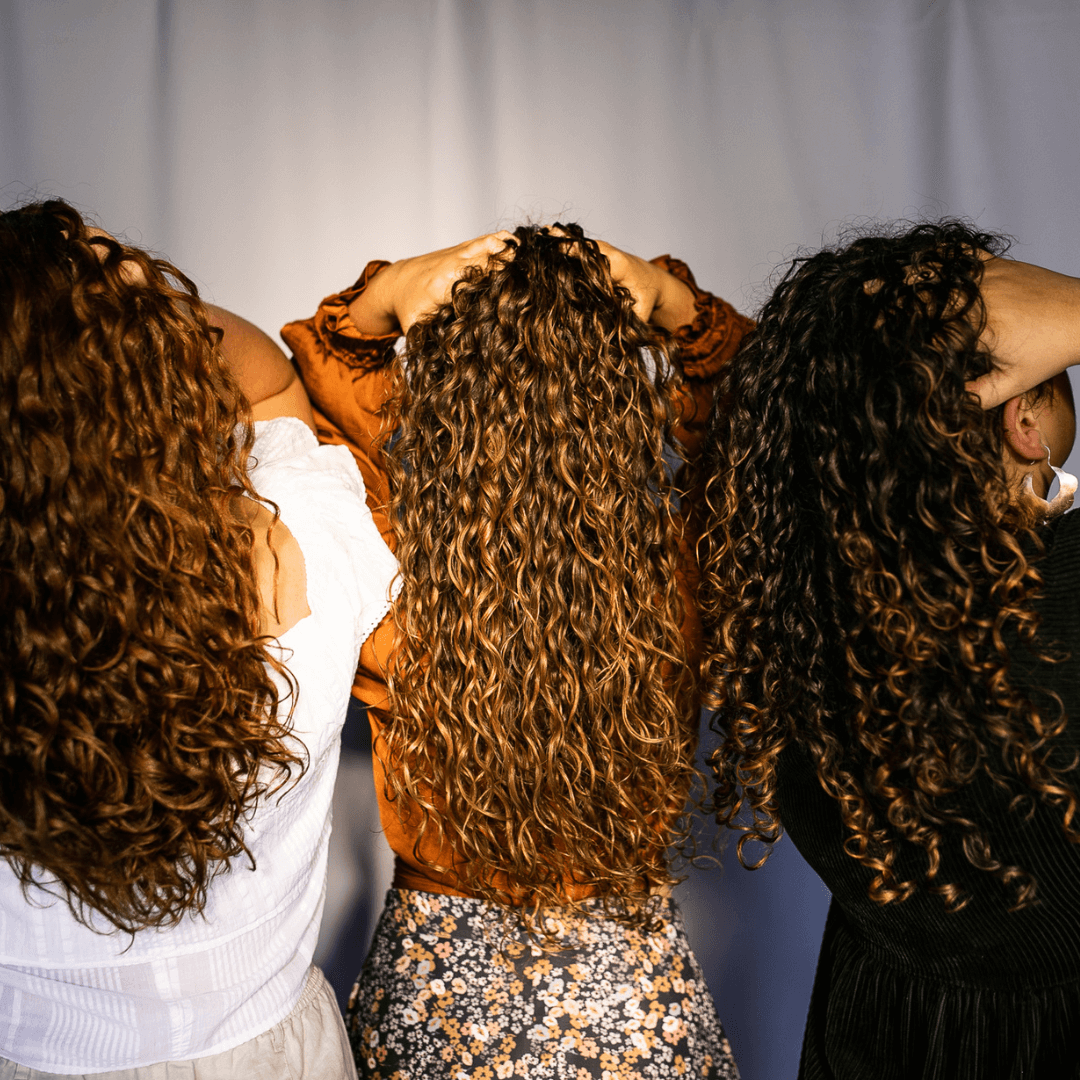
4. Dry Gently
- Air Drying: Air drying is the gentlest way to dry your curls. It prevents heat damage and helps maintain the natural curl pattern. Simply let your hair dry naturally. Once your hair is 90% dry you can occasionally scrunch your hair with your hands to encourage curl formation.
- Using a Diffuser: If you're in a hurry, use a diffuser attachment on your hairdryer. Set it to a low heat setting to minimise damage. The diffuser distributes the airflow to dry your hair gently and evenly. Move the diffuser around your head in a circular motion. This technique is called ‘cup diffusing’ and helps to lift the curls and add volume without disrupting the curl pattern.
Pro Tips
- Scrunch Out the Crunch: If your hair feels crunchy after drying, gently scrunch your curls with your hands. This softens the hair and gives a more natural look.
Refresh Curls: On non-wash days, refresh your curls by spritzing a little water or a curl-refreshing spray and then reapplying a small amount of styling product.
Hot Tips: Caring For Your 3A Hair
- Avoid heavy products that can weigh down your curls.
- Use a satin pillowcase to reduce frizz.
- Trim regularly to avoid split ends.
- Detangle gently when your hair is wet and conditioned.
- Protect your hair from heat styling.
- Follow a balanced diet to nourish your hair from within.
- Stay hydrated to maintain hair health.
- Use a microfiber towel to dry your hair.
- Refresh curls between washes with a light mist.
- Embrace your natural curls and avoid over-manipulation.
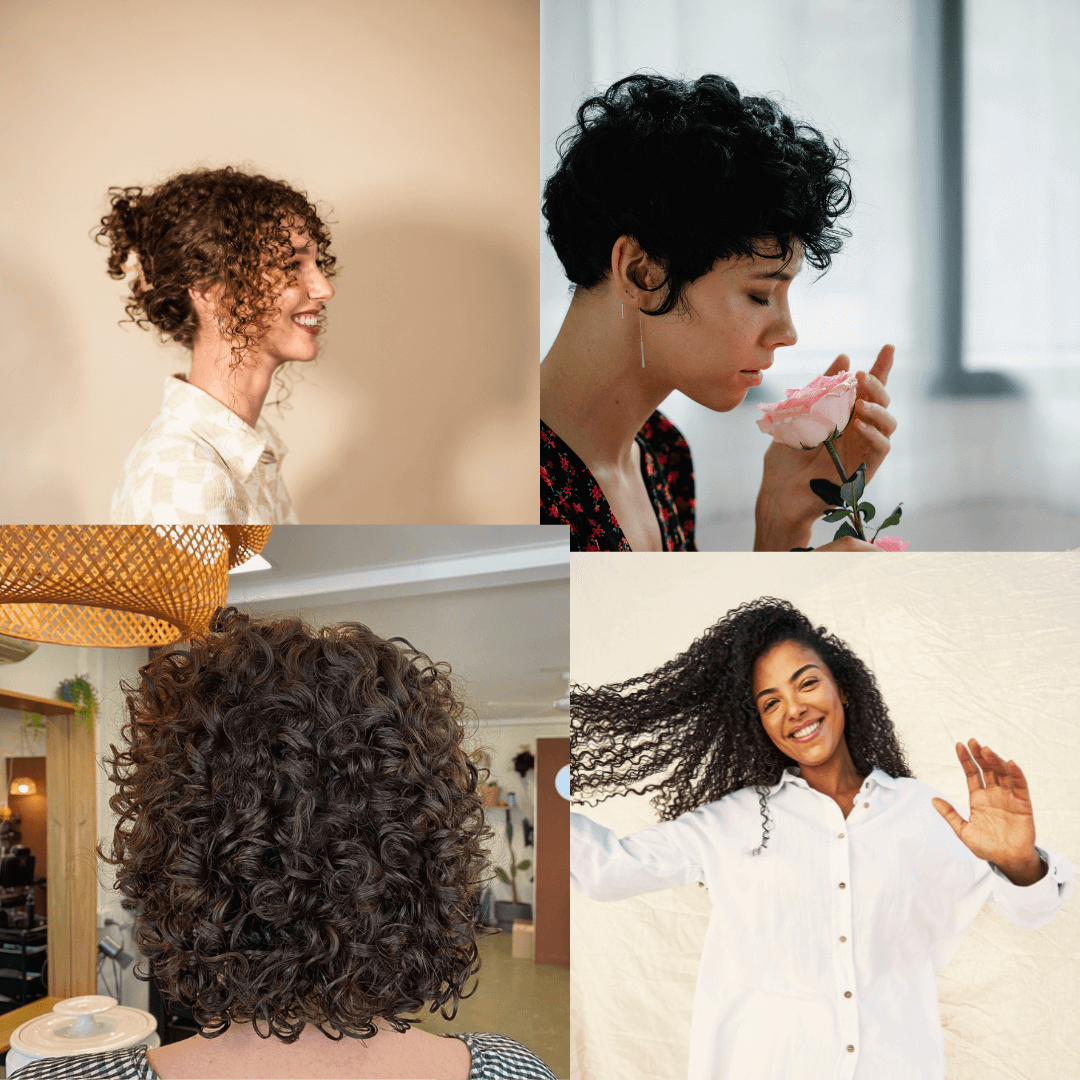
Styles and Haircuts for 3A Hair
Long Layers
Adds movement and reduces bulk, making it easier to manage and style.
The Bob Cut
A classic bob can be a great choice, especially if it's cut to enhance your natural curls.
The Lob (Long Bob)
Slightly longer than a bob, the lob works well with 3A curls, providing a modern and chic look.
Layered Pixie Cut
A pixie cut with layers can give your hair a playful yet sophisticated appearance.
Devacut
This is a special technique designed specifically for curly hair, where each curl is cut individually to enhance the natural curl pattern.
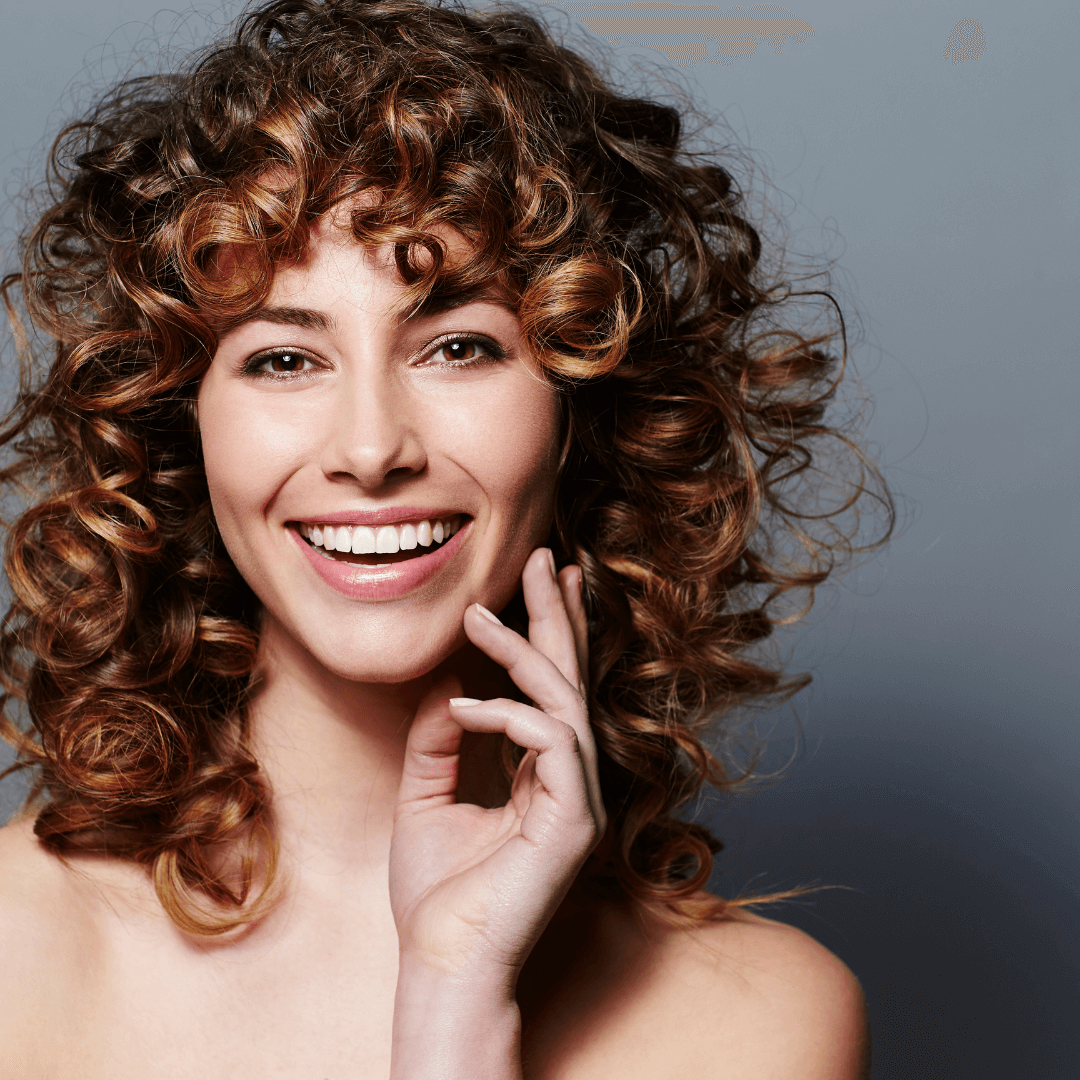
Shag Cut
The shag haircut with its multiple layers can add volume and texture to your curls.
Asymmetrical Cut
This edgy cut, where one side is longer than the other, can really highlight the beauty of 3A curls.
Bangs
Curly bangs are a trendy way to frame your face and add a unique touch to your hairstyle.
Pineapple Updo
Great for showing off your curls while keeping your hair out of your face. This style is both practical and stylish.
Half-Up, Half-Down
This style allows you to enjoy the best of both worlds – it keeps hair out of your face while still showcasing your lovely curls.
Each of these styles can be tailored to suit your personal preferences and the unique characteristics of your 3A curls. A skilled stylist who understands curly hair can help you choose the best option for your hair's texture and length.
FAQs for Type 3A Hair
How do you manage Type 3A hair?
With gentle cleansing, regular moisturising, and minimalistic styling.
How often should 3A hair be washed?
Typically, 2-3 times a week is sufficient, depending on your lifestyle.
How often should you comb 3A hair?
comb when wet and conditioned, preferably during wash days.
What products does 3A hair need?
Lightweight moisturisers, sulphate-free shampoos, and gentle styling products.
Is 3A hair hard to take care of?
It requires some maintenance, but with the right routine, it's quite manageable.
Should you condition 3A hair every day?
Daily conditioning isn't necessary. Focus on hydration during wash days.

